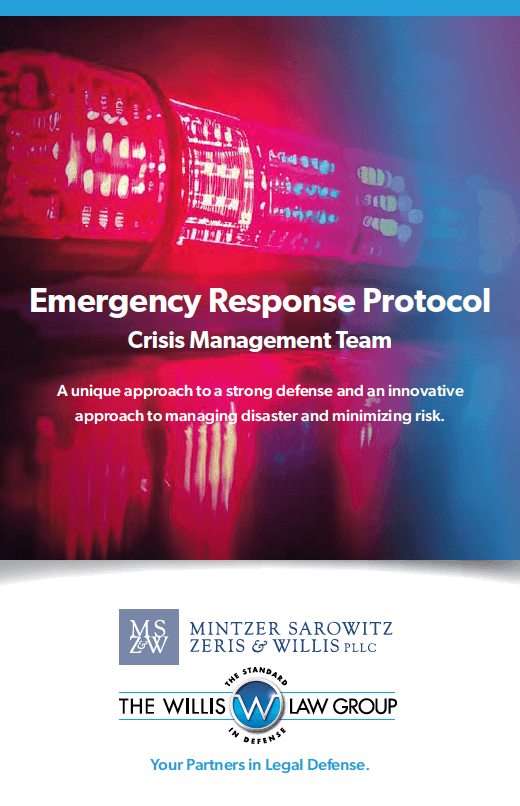NJ Supreme Court Rules Claimant Cannot Recover Economic Loss for Difference in Coverage When Electing Lower PIP Threshold
Apr 2, 2019 - News by Defense Counsel
The New Jersey Supreme Court in the matter of Joshua Haines v. Jacob W. Taft (A-13/14-17) (079600, March 26, 2019) decided that a plaintiff in a motor vehicle suit with the limited $15,000 PIP election on their auto policy cannot seek economic loss for the difference between their limited $15,000 PIP coverage and the amount of their excess/unpaid medical bills totaled up to the presumptive $250,000 typical PIP limit. In other words, a claimant cannot seek payment on the “gap” he/she created by electing the lower PIP threshold.
Previously, the Appellate Division, reversing two trial court decisions below, ruled that two plaintiffs on appeal could seek payment of their unpaid medical bills that exceeded their $15,000 coverage at trial. However, the New Jersey Supreme Court clarified the Law under The Automobile Insurance Cost Reduction Act (AICRA). L. 1998, c. 21, N.J.S.A. 39:6A-1.1(b) (1998). The Supreme Court held that:
There is evidence of a clear intention on the part of the Legislature to deviate from the carefully constructed no-fault first-party PIP system of regulated coverage of contained medical expenses and return to fault-based suits consisting solely of economic damages claims for medical expenses in excess of an elected lesser amount of available PIP coverage. Unless the Legislature makes such an intent clearly known, the Court will not assume that such a change was intended by the Legislature through its amendments to the no-fault system in the Automobile Insurance Cost Reduction Act.
Joshua Haines v. Jacob W. Taft, p.2.
There is one caveat that must be recognized that limits the impact of the Haines decision. The two cases below involved the limited right to sue threshold and the Court indicated that the limitation on a suit to recover the unpaid economic damages created by the “PIP gap” is only applicable to those limited tort cases. The court reasoned that the Legislature intended to reduce the clutter of cases when it enacted the reforms of ACRA in 1998; allowing litigants to file recovery suits for unpaid medical bills over their minimum PIP limit would encourage additional lawsuits and would allow for a windfall recovery on a right that they had bargained away by electing the lower PIP limits at reduced premiums.
The limitation on recovery of medicals bills in excess of $15,000 is still permitted if the plaintiff vaults the lawsuit limitation threshold. As defined by Justice LaVecchia in Haines:
“Indeed, in this matter, both plaintiffs had the limitation-on-lawsuit option controlling their ability to bring a claim for bodily injury and neither could exceed the necessary threshold. So, we are considering this issue in the context of a stand-alone claim to be able to sue for only uncompensated medical expenses in a case where the limitation-on lawsuit policy option prevented a claim for bodily injury.”
Therefore, if the threshold is overcome, then this case has no impact on a claim within that suit for payment of unpaid medical bills due to the limited PIP policy. But if the claimant has the limited PIP option with a maximum of $15,000, and he cannot overcome the tort threshold, then he has no recourse.



